東工大ニュース
東工大ニュース
「Tokyo Tech Bulletin(トーキョーテックブリテン)」は、東京工業大学の研究成果やニュース記事、学生の活動などを紹介し国内外へ広く配信する英文メールニュースです。この度、Tokyo Tech Bulletin No. 63が発行されました。
メールでの配信をご希望の方は申込フォームからご登録ください。

Fifteen Tokyo Tech students from 11 countries and regions were appointed as the latest Student Ambassadors in academic year 2021. They share their thoughts on research at Tokyo Tech, the challenges of learning Japanese, the support system around them, and various other topics on their Blog.
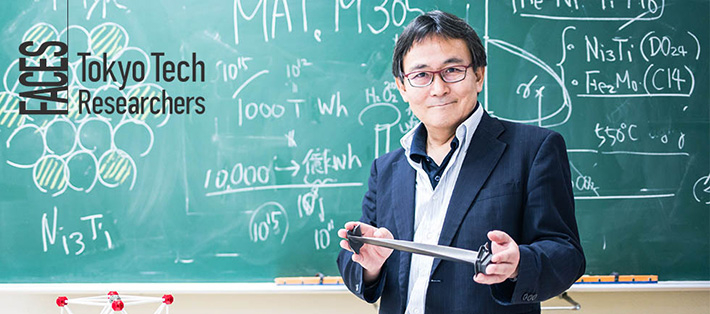
Masao Takeyama - At the atomic level - Innovating metallic materials to withstand high temperatures and pressures FACES: Tokyo Tech Researchers, Issue 41: Uncovering iron's untapped potential as a high-temp material for power plants and jet engines.

In the heart of Tokyo, and just a short train ride away from Shibuya Crossing, is Tokyo Institute of Technology, one of Japan's top universities for science and engineering. Tokyo Tech is now looking beyond the country's borders, recently opening a hub in Berkeley, California. Called Tokyo Tech ANNEX Berkeley, its purpose is to promote research collaboration with academic and industry institutions in the United States.

Fostering a mindset for creating new value - Tokyo Tech Entrepreneurship Development Programs: Helping students learn to take decisive action, cooperate with others, and create new value — key skills for any organization.
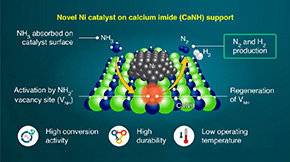
Ammonia, a carbon-free resource can be split into nitrogen and hydrogen gas with the help of metal catalysts like Nickel (Ni). However, these reactions often require very high operating temperatures. Now scientists from Tokyo Institute of Technology (Tokyo Tech) have developed a highly efficient calcium imide (CaNH)-supported Ni catalyst that can decompose ammonia at temperatures 100°C lower than what conventional Ni catalysts require. This promising new catalyst can get us closer to sustainably producing hydrogen fuel.

Phase separation, which is one process that produces protocells (i.e., primitive compartments), is not just important on early Earth but can also be applied to various applied sciences in the modern day, ranging from biotechnology to synthetic biology to engineering. Scientists from ELSI, Tokyo Tech lay out various modern systems relevant to engineering and applied sciences that utilise phase separation phenomena that may have been relevant to the origin of life as well.
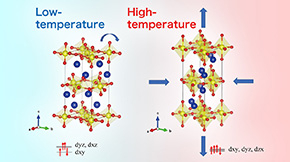
A formerly unnoticed monoclinic distortion in Ca2RuO4 explains its enormous negative thermal expansion (NTE) over a wide range of temperatures, discover researchers from Tokyo Tech. The work promises a different route for the design of unconventional NTE materials, with applications in engines, thermal barrier ceramics, and precision instruments, among other things.
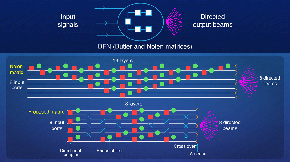
Current beamforming networks (BFNs) based on which next-generation wireless systems are designed require multiple circuit layers for implementation, which increases costs. Scientists at Tokyo Institute of Technology (Tokyo Tech) and the European Space Agency have now introduced a novel matrix topology for a BFN that reduces the number of layers BFNs typically need. This paves the way for cheaper and more efficient next-generation wireless systems.
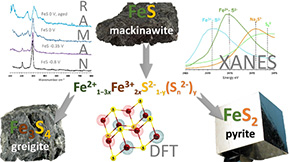
Iron sulfide minerals may have supported multiple redox conversions necessary for the origin of life. To fully discover the catalytic potential of iron sulfide minerals, a greater understanding of the electrochemical properties (the electron flow to and from iron and sulfur) and the interconversion of different structural forms of iron sulfide is necessary. A research team lead by ELSI, Tokyo Tech PI Shawn McGlynn discovered a unique iron sulfide phase occurring transiently during iron sulfide maturation. This finding helps to understand how minerals form, how electrons may have flowed during early catalysis and gives us new insight into using these materials as low-cost catalysts in industrial processes.
Tokyo Tech Bulletinは英語で配信を行っていますが、コンテンツは一部を除いてすべて日英両方で掲載しています。